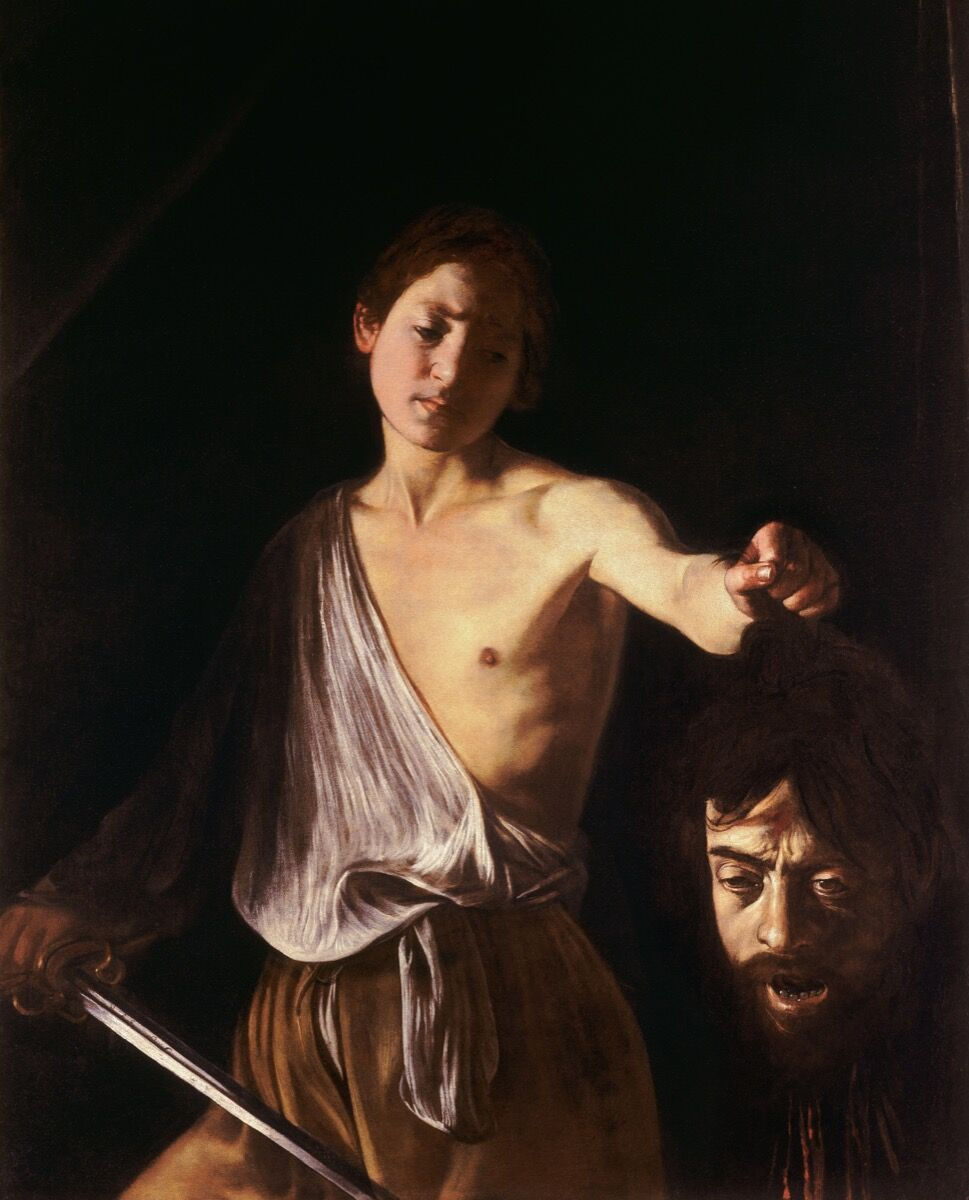Artists Who Hide Self-Portraits in Their Paintings
- Anna-Aikaterini Bati

- Dec 21, 2021
- 4 min read
Updated: Dec 22, 2021
From the 15th century to contemporary times, the Renaissance maxim seems to be accurate: “Every painter paints himself.” Before impressionism and modernism took over, artists were never really enthusiastic to draw their own self-portraits. Or so it seems. The truth is that this sense of self-importance for the artist arose in the Renaissance times with the humanist values and beliefs that prized individualism and creativity. Unlike Van Gogh or Frida Kahlo, the 16th and 17th century artists avoided being in the spotlight. However, they chose to create special signatures on their canvases by camouflaging themselves within the paintings.
During this era in Europe, there were two trends for that type of hidden self-portraits. On the one hand, in Italy, artists tended to include their portraits on the right side of paintings or altarpieces, with their eyes looking deliberately out at the viewer. While Northern Renaissance artists liked to tease with deep and specific symbolism that showed off their specialized skills. The self-portraits they worked into their oil paintings are usually found hidden in reflective surfaces, like mirrors or in other houseware. This practice was also used as a way of sharing complex narratives. In most cases, the artworks were commissioned by patrons with different ideologies to the church. Thus, camouflaging the symbolism was the only way to portray them. In a nutshell, one could say that Renaissance artists loved to play hide and seek in their artworks. This article discusses three of the most famous hidden Renaissance self-portraits.

Raphael, School of Athens (1509 - 1511)
Raphael, The School of Athens, 1509–11
Undoubtedly, Raphael's famous fresco, painted on the wall of the Vatican’s Apostolic Palace, is a masterpiece of Classicism. The scene is a highly ordered tribute to philosophy. The original name of the fresco was Causarum Cognitio (Knowledge of Causes) but it is called School of Athens due to an entry in a 17th century guidebook. The School of Athens shows a variety of famous ancient Greek scholars, philosophers, scientists, and mathematicians. Through his work, Raphael conflated his era with this vaunted past. According to Vasari, he portrayed his contemporaries in the scene, personalizing some of the philosophers. It is believed that Leonardo da Vinci represents Euclid or Archimedes, while Michelangelo was the model for Plato. But Raphael could not resist and decided to also include himself. The viewer can spot Raphael’s curious face peeking out from behind the arch on the far right of the fresco, beside Ptolemy and Zoroaster.

Raphael, School of Athens (1509 - 1511)
Michelangelo, Last Judgment (1536-1541)
Michelangelo, The Last Judgment, 1536–41
The Last Judgment is a fresco by the Italian Renaissance painter Michelangelo. The work covers the whole altar wall of the Sistine Chapel in Vatican City. It is a representation of the Second Coming of Christ and the final eternal judgment by the God of all humanity. Christ is surrounded by prominent saints judging the dead. It is known that during his work in the Sistine Chapel, Michelangelo griped about the long hours laying on his back. He characteristically writes: “My brush, above me all the time, dribbles paint so my face makes a fine floor for droppings”. In the end, Michelangelo found a creative way to express his frustration and also have some fun at the Pope’s expense. In the centre of the Last Judgment, which was also the last fresco for the altar wall, he sags an empty suit of flagellated skin from Saint Bartholomew’s hand. The peculiar thing about this figure is that Michelangelo himself portrayed the martyred saint, who is waiting to learn if he is off to heaven or hell after a harrowing trial of faith.
Caravaggio, David with the Head of Goliath, 1609–10
Before Caravaggio passed away at the age of 38, he painted himself in many images, mostly as the Greek god of wine, Bacchus. During the last year of his life, he decided to include a self-portrait in one of his versions, of the very well-known scene of David proffering Goliath’s severed head. Caravaggio has depicted that scene many times. However, this version offers an unexpected level of emotion. Here, Caravaggio is not the youthful, good-looking David as someone would expect, but the defeated Goliath. His slack-jaw mouth confirms his carnage. Also, instead of a look of satisfied victory on his face, David appears a bit mournful, perhaps even regretful, as he stares at his "prize". Scholars have surmised that the model for the young hero was Cecco, Caravaggio’s studio assistant. For some scholars, the painting has an unexpected psychosexual intimacy. This feeling led many scholars to the idea that maybe, Cecco was Caravaggio's lover.

Caravaggio, David with the Head of Goliath (1609-1610)
References:
Art History Blogger. (2021, January 4). 10 Hidden Self-Portraits. http://arthistoryblogger.blogspot.com/2015/04/10-hidden-self-portraits.html
Fiore, Julia. (2019, September 5). 8 Famous Artists Who Hid Self-Portraits in Their Paintings. Artsy. https://www.artsy.net/article/artsy-editorial-8-famous-artists-self-portraits-paintings
Kamna, Kirti. (2021, June 10). 5 Famous Artists Who Camouflaged Themselves in Their Own Paintings. Medium. https://medium.com/the-collector/5-famous-artists-who-camouflaged-themselves-in-their-own-paintings-32293a833478
Image References:
Raphael. (1509 - 1511). School of Athens. Artsy. https://www.artsy.net/artwork/raphael-school-of-athens
Raphael. (1509 - 1511). School of Athens. Artsy. https://www.artsy.net/article/artsy-editorial-8-famous-artists-self-portraits-paintings
Michelangelo. (1536-1541). Last Judgment. Artsy. https://www.artsy.net/article/artsy-editorial-8-famous-artists-self-portraits-paintings
Caravaggio. (1609-1610). David with the Head of Goliath. Artsy. https://www.artsy.net/article/artsy-editorial-8-famous-artists-self-portraits-paintings











Fun facts and intriguing observations!!